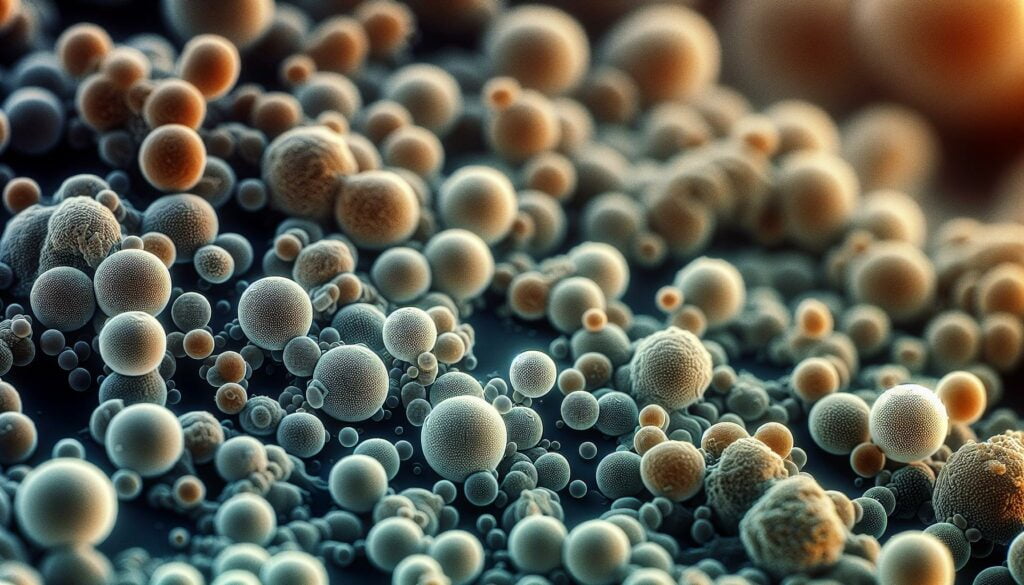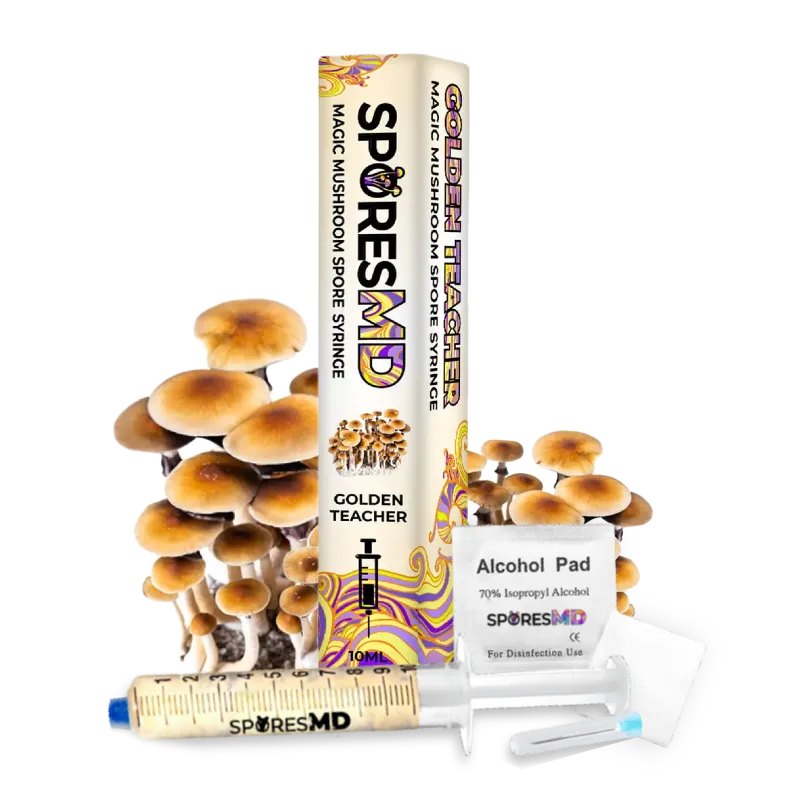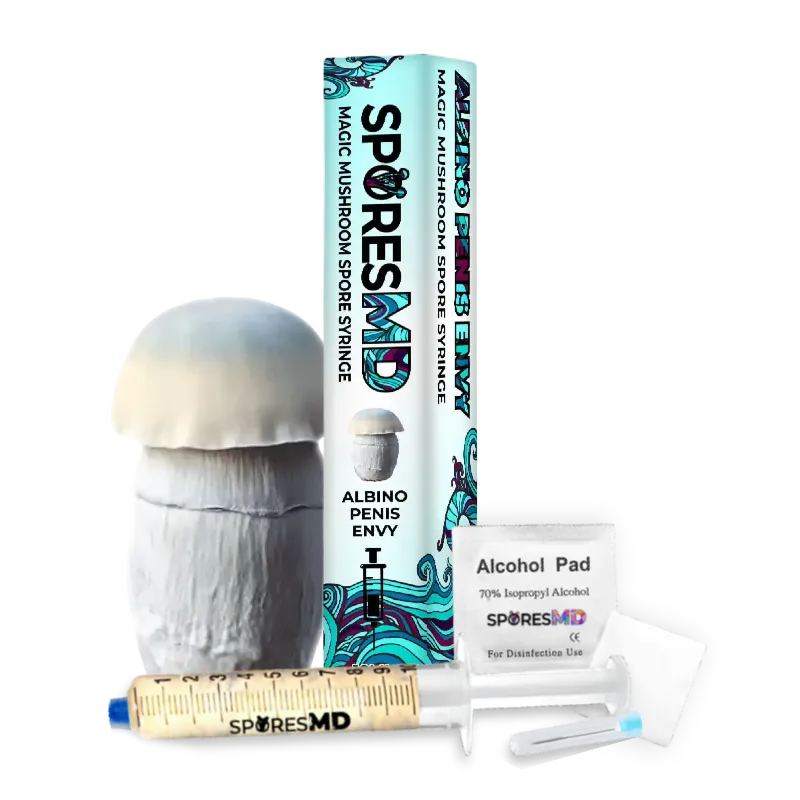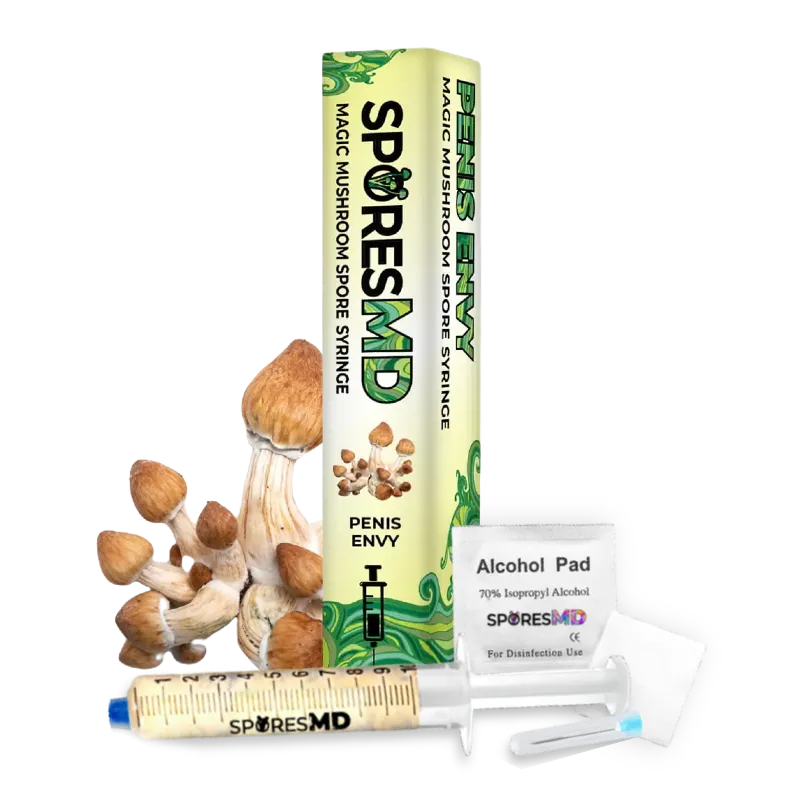A mushroom is a fungus. It’s not a spore, but it produces spores. These spores are tiny reproductive units. They form on special structures called hyphae.
Mushrooms release spores to spread and reproduce. A single mushroom can produce up to one billion spores in a day. Imagine the potential for growth!
When spores land in a moist place, they germinate. They grow into a network of fine threads called hyphae. Over time, these threads form a tangled mat. This mat is the feeding stage of the fungus. It absorbs nutrients from the environment. So, while mushrooms are fungi, spores are their way of ensuring survival and expansion.
Key Takeaways
- Mushrooms are fungi: Not spores themselves, but they produce spores as a means of reproduction.
- Spore production and release: Mushrooms can produce up to one billion spores daily, which disperse through the air to germinate under favorable conditions.
- Mushroom structures: Key parts include the cap, stem, and gills, each playing a role in spore production and dispersal.
- Life cycle: Mushrooms release spores, which germinate into mycelium under suitable conditions; the mycelium eventually forms the fruiting body.
- Reproductive methods: Mushrooms reproduce both sexually and asexually, contributing to genetic diversity and adaptability.
- Ecological role: Mushrooms decompose organic matter, recycle nutrients, and form symbiotic relationships with plants, impacting environmental health.
What Are Mushrooms?
Definition and Basic Overview
Mushrooms are the fruiting bodies of fungi. They appear above ground, on soil, or their food source. Mushrooms belong to the kingdom Fungi, which includes yeasts, molds, and other fungi.
Fungi are eukaryotic organisms. They have complex cell structures and lack chlorophyll. Unlike plants, fungi absorb their nutrients from organic matter.
Mushrooms vs. Fungi: Understanding the Relationship
Mushrooms are a type of fungi. Not all fungi produce mushrooms. The fruiting body of mushrooms releases spores. These spores help in the reproduction and spread of the fungi.
Differences:
- Mushrooms: Visible, reproductive structures.
- Fungi: Include both visible and microscopic forms.
Spores and Reproduction
Mushrooms release spores from their gills. This process occurs in a variety of environments. When conditions are right, these spores germinate into new fungi.
Spore Release Process:
- Maturation: Spores develop in gills or pores.
- Release: Spores are released into the air.
- Germination: Spores land in a suitable environment.
- Growth: Hyphae form, creating a mycelium network.
Examples of Edible Mushrooms
- Agaricus bisporus: Commonly known as button mushroom.
- Boletus edulis: Also known as cep or porcini.
- Lycoperdon perlatum: Known as the common puffball.
Each type has unique characteristics. You can explore different mushroom spore syringes at SporesMD.
Use these details to understand the fascinating world of mushrooms. Explore spores and reproduce fungi in your own environment.
Morphology of Mushrooms
Mushrooms, the fruiting bodies of fungi, exhibit a variety of structures crucial for their identification and role in the ecosystem. Understanding these structures can deepen your appreciation and knowledge of mushrooms. Explore these fascinating details below.
Key Structures: Caps, Stems, and Gills
Mushrooms consist of several key parts: caps, stems, and gills. Each of these structures plays a vital role in the mushroom’s life cycle.
- Caps: The cap, or pileus, is the umbrella-like structure at the top. It protects the mushroom’s spore-producing surface.
- Stems: The stem, or stipe, elevates the cap, assisting in spore dispersal. This stalk-like feature varies in structure and length.
- Gills: Gills, or lamellae, under the cap are spore-producing surfaces. Gills can be free (e.g., Agaricus) or attached (e.g., Pleurotus).
These structures help in classifying and identifying various mushrooms and their unique features.
Lifecycle and Development
The mushroom lifecycle involves several stages, starting from spore release to fruit body formation.
- Spore Release: Spores, microscopic seeds, disperse from gills. Environmental conditions like humidity and temperature impact their spread.
- Germination: Spores germinate into mycelium under favorable conditions. Mycelium absorbs nutrients, growing networks underground.
- Fruiting Body Formation: Mycelium eventually produces fruiting bodies (mushrooms) when mature. Field studies have shown that these stages can be influenced by weather patterns (Ebert et al., 2002).
Understanding these stages helps identify mushrooms at different lifecycle points. Check out our mushroom spore syringes to start your mushroom-growing journey.
Cultivating your knowledge about mushroom morphology and their lifecycle enriches your understanding of these unique fungi. Dive deeper into the world of mushrooms through further readings and practical applications.
Reproduction in Mushrooms
Role of Spores in Reproduction
Mushrooms release microscopic spores to reproduce. Spores function just like seeds for plants, allowing fungi to propagate. Each spore houses the genetic material necessary to form a new mycelium network under favorable conditions.

Spores disperse through the air, water, or via hitching a ride on animals. Trillions of spores can be released daily when environmental conditions like moisture and nutrients are ideal.
Fun Fact: Puffball mushrooms can shoot spores into the air like tiny rockets!
Sexual vs. Asexual Reproduction
Mushrooms exhibit both sexual and asexual reproduction.
- Asexual Reproduction: Involves a single mycelium producing spores independently. This process is efficient and doesn’t require a second organism. The resulting spores will grow into genetically identical mushrooms.
- Sexual Reproduction: Occurs when two compatible mycelia fuse, forming a new mycelium that carries combined genetic material. This allows for greater genetic diversity and adaptability.
Sexual reproduction happens less frequently compared to asexual reproduction but plays a crucial role in the fungi’s ability to adapt to changing environments.
Research Insight: Studies indicate that sexual reproduction also aids in repairing DNA damage, enhancing the survival and longevity of fungi.
Types and Classification of Fungi
Common Taxonomic Groups
Mushrooms belong to various taxonomic groups within the kingdom Fungi. These groups differ based on characteristics like spore production, fruiting bodies, and ecological roles.
- Agaricales: Includes many gilled fungi such as the common field mushroom (Agaricus campestris). These fungi are known for their role in decomposing organic matter.
- Cantharellales: Contains chanterelles (Cantharellus), known for their distinct shape and often vibrant colors. Chanterelles are popular in gourmet cuisine.
- Gomphales: Home to false chanterelles like Gomphus. These fungi have wrinkled or vein-like gills.
- Russulales: Encompasses milkcap mushrooms (Lactarius), Lactifluus, and Russula. Milkcap mushrooms exude a milky latex when cut.
- Polyporales: Includes tough, leathery fungi like Lentinus and Panus. These fungi typically grow on wood and have pores instead of gills.
- Gloeophyllales: Contains the Neolentinus genus, known for its wood-decomposing abilities.
- Hymenochaetales: Features small fungi like Rickenella, often found in grasslands.
The Ascomycota phylum, comprising sac fungi or ascomycetes, is the largest group. It includes:
- Morels (Morchella spp.): Highly prized for their unique honeycomb-like fruiting bodies.
- Truffles (Tuber spp.): Known for their subterranean growth and high culinary value.
- Yeasts (e.g., Saccharomyces, Kluyveromyces, Pichia, and Candida): Unicellular fungi used in baking, brewing, and biotechnology.
- Filamentous fungi (e.g., Aspergillus, Penicillium, Fusarium, and Claviceps): Essential in antibiotic production and food spoilage.
Identifying Edible, Toxic, and Medicinal Mushrooms
Differentiating between edible, toxic, and medicinal mushrooms is crucial. Always consult reliable resources before foraging or consuming wild mushrooms.
Edible Mushrooms
- Shiitake (Lentinula edodes): Widely cultivated for its savory taste and health benefits.
- Oyster mushrooms (Pleurotus spp.): Known for their delicate flavor and easy cultivation.
- Button mushrooms (Agaricus bisporus): Commonly found in supermarkets, including white, crimini, and portobello varieties.
Ecological Impact of Mushrooms
Mushrooms in Ecosystems
Mushrooms play a crucial role in ecosystems. They decompose organic matter, recycling nutrients back into the soil. Millions of tons of fungal spores are dispersed in the atmosphere yearly, contributing to the cloud condensation process and potentially promoting rainfall.
- Nutrient Recycling: Fungi break down complex organic materials, making nutrients accessible to plants.
- Soil Formation: Lichens, symbiotic relationships between fungi and algae, contribute to soil development.
- Climate Influence: Mushroom spores can act as nuclei for water droplets, influencing precipitation patterns.
Mushrooms flourished in various ecosystems, promoting plant growth through their decomposing capabilities.
Symbiotic Relationships
Many fungi form symbiotic relationships with other organisms. Mycorrhizal fungi, for example, engage with over 90% of plant species. These interactions enhance plant nutrient uptake and support ecosystem health.
- Mycorrhizae: Fungi form networks with plant roots, aiding in water and nutrient absorption.
- Lichens: Fungi and algae/cyanobacteria form lichens, inhabiting extreme environments.
- Commensalism: Some fungi have no apparent impact on their hosts, living neutrally within ecosystems.
In tropical forests, basidiospores significantly influence air composition. Understanding these intricate relationships emphasizes the importance of fungi in maintaining ecological balance.
Conclusion
Understanding mushrooms as both fungi and spore producers enriches your knowledge of their complex roles. Their ecological significance in nutrient recycling and soil formation can’t be overstated. By recognizing their symbiotic relationships and the impact of spores on air quality, you gain a deeper appreciation for these fascinating organisms. Dive into available resources to explore mushrooms further and uncover their hidden wonders.

![Is a Mushroom a Spore or a Fungus? [Discover 7 Key Facts You Need to Know]](https://sporesmd.com/wp-content/uploads/2024/05/Bwfb9MuKJRNmziZUUDxoz.jpeg)



